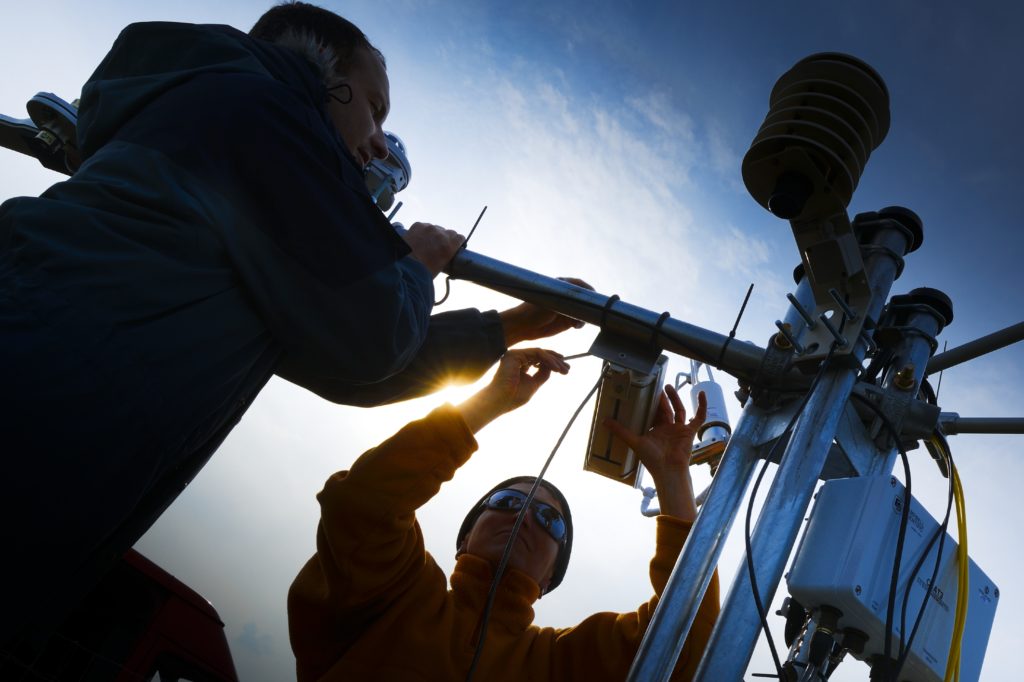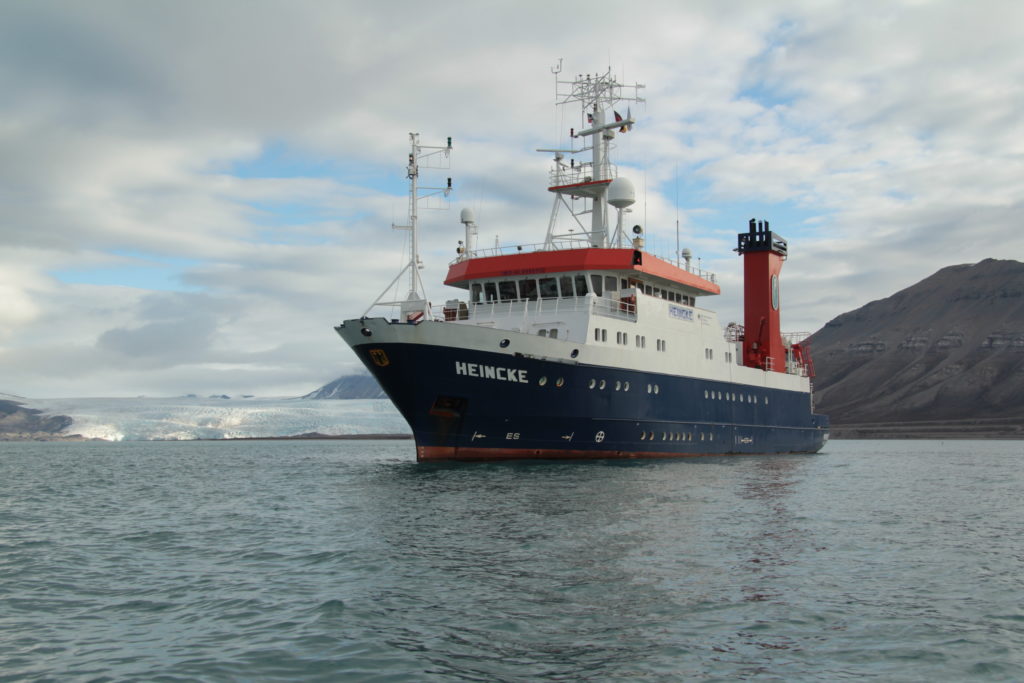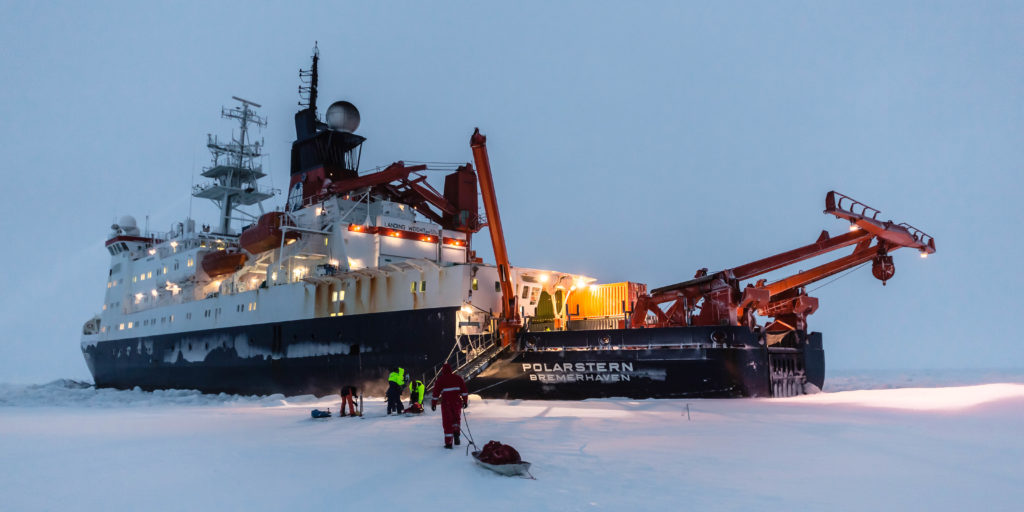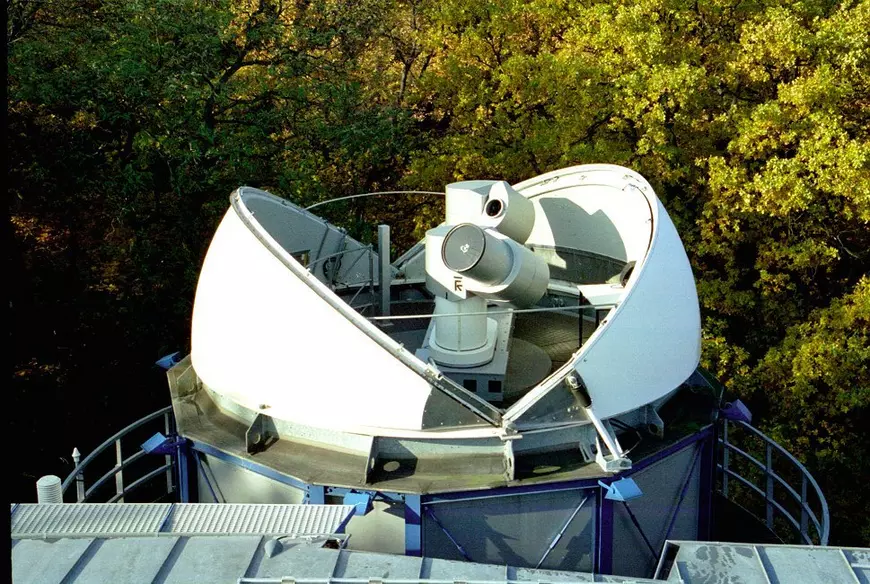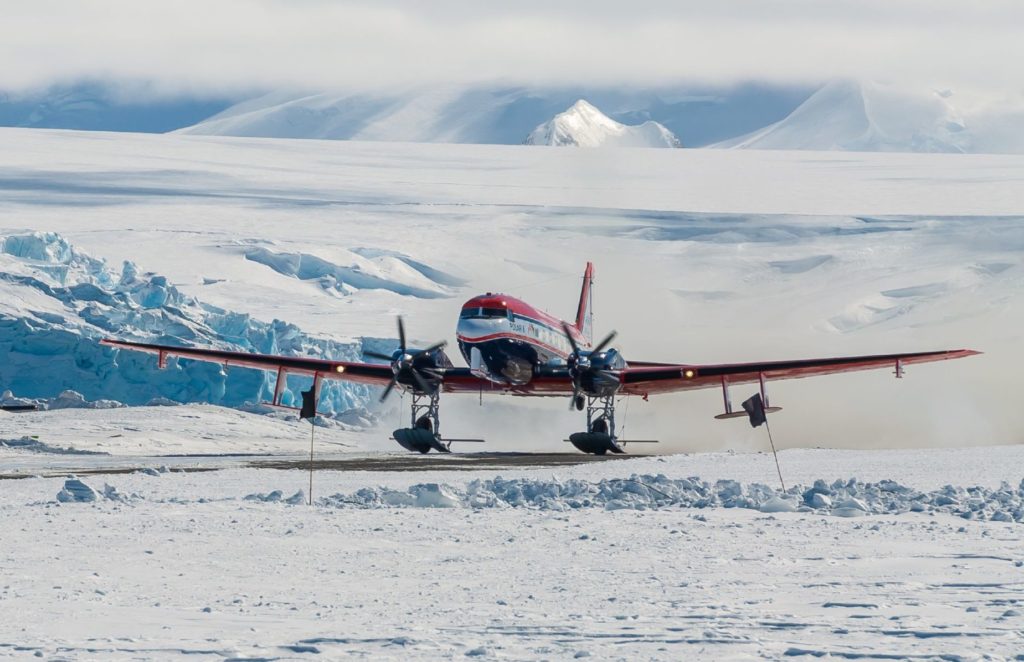4 Research Infrastructure
Modern research is not possible without scientific infrastructure. This also applies to earth system research. All research centers in the Research Field Earth and Environment therefore maintain high-performance scientific facilities. However, the Helmholtz Association additionally operates large, cost-intensive infrastructures that are available for all national and international research. In a scientific review, it is decided which research groups will receive access and research time with their projects. Seven of these large research platforms (so-called LKII-infrastructures) are operated under the umbrella of the Research Field Earth and Environment.
